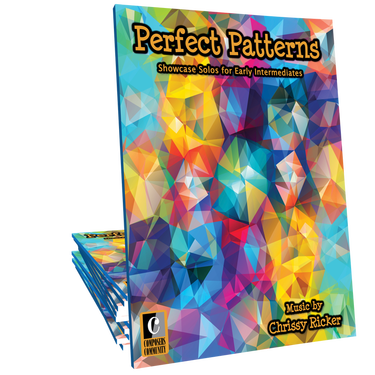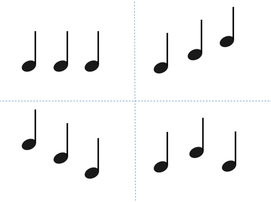
I am excited to share my newest release from the Composers Community at Piano Pronto--"Perfect Patterns!" This book features 12 pieces for the late elementary to early intermediate student in a variety of styles. Take a listen to a few of my favorites from this new collection:



 RSS Feed
RSS Feed